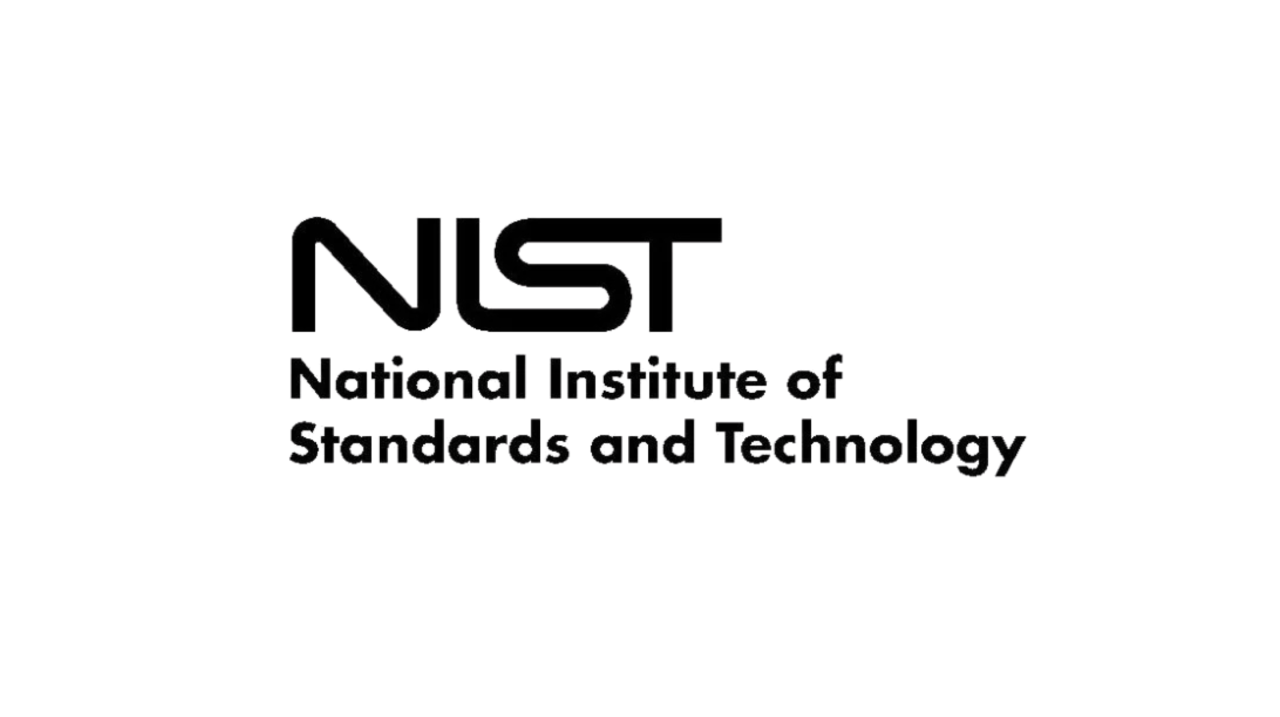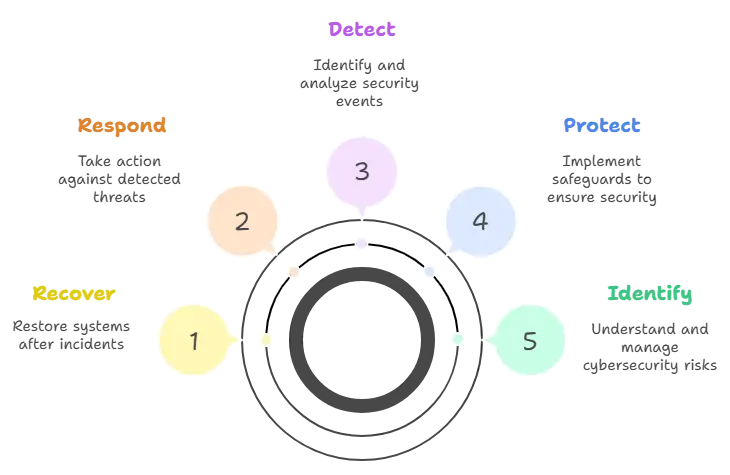NIST Cybersecurity Framework

Every time you log into a bank app, use cloud services, or connect IoT devices, strong security depends on NIST Cybersecurity Framework compliance. The NIST CSF helps organizations manage risks, strengthen resilience, and protect data effectively.
What is NIST CSF?
The NIST Cybersecurity Framework, developed by the U.S. National Institute of Standards and Technology, provides a flexible guide for organizations to manage and reduce cybersecurity risk. Unlike strict checklist standards, the NIST CSF is voluntary and adaptable. It works for businesses of all sizes, from startups to critical infrastructure providers. Think of it as a roadmap to strengthen security without slowing down operations.
You can read the full NIST Cybersecurity Framework PDF guide for detailed information.
Why NIST CSF Feels Complex
Organizations often struggle because NIST CSF requires aligning cybersecurity with business strategy, identifying and classifying critical assets, monitoring risks across suppliers and third parties, and producing evidence of controls for regulators and auditors. For many, mapping existing processes to NIST CSF can feel like translating a new language.
Sahl bridges this gap by automating the most resource-intensive tasks of NIST CSF adoption. From asset discovery and risk assessments to control mapping and evidence generation, the platform streamlines every step, reducing complexity and ensuring organizations can operationalize the framework without slowing down business growth.
If your business also handles payment data, check out our guide to PCI DSS compliance.
NIST CSF Core Functions
NIST CSF is built around five core functions, which act as the foundation for security maturity:
- Identify Know your assets, systems, people, data, and risks
- Protect Safeguard critical infrastructure with access controls, awareness, and protective technologies
- Detect Spot cybersecurity events in real time
- Respond Contain and mitigate incidents effectively
- Recover Restore normal operations quickly and learn from incidents

Framework Tiers and Profiles
Beyond its five functions, NIST CSF provides implementation tiers that measure cybersecurity maturity, from Partial (Tier 1) to Adaptive (Tier 4). It also allows organizations to build a profile, which is a customized roadmap aligning the framework to business priorities, risk appetite, and compliance needs.
“An ounce of prevention is worth a pound of cure.”
— Benjamin Franklin
Benefits of Adopting NIST CSF
Organizations that embrace NIST CSF gain stronger resilience against cyber threats, improved risk visibility, and better alignment between security and business goals. It also helps in meeting regulatory expectations and building trust with customers and partners.
With its flexible structure, the NIST CSF adapts to organizations of all sizes and maturity levels, making it equally valuable for startups, enterprises, and government entities. By offering a common language for managing cybersecurity, it enables cross-functional teams from IT to executive leadership to collaborate more effectively on security priorities.
Moreover, adopting the framework creates a foundation for continuous improvement. As threats evolve, the CSF guides organizations in assessing current practices, identifying gaps, and implementing stronger safeguards over time. This proactive approach not only minimizes risk exposure but also strengthens long-term business continuity and competitiveness.
For improving business processes alongside security, see our SOC 2 compliance framework.
Automating NIST CSF with Sahl
Sahl helps businesses put NIST CSF into action with automation. Continuous risk monitoring detects new threats across systems and vendors. Automated evidence collection keeps you always audit-ready. Control mapping aligns your existing policies to CSF functions instantly. Faster assessments reduce manual effort during internal and external reviews.
By integrating these capabilities into a single platform, Sahl transforms NIST CSF adoption from a lengthy, resource-heavy project into an efficient, ongoing practice. Organizations gain real-time visibility into their security posture, strengthen compliance readiness, and free up teams to focus on strategic initiatives rather than manual reporting and tracking.
How Sahl Helps with NIST CSF
With Sahl, achieving NIST Cybersecurity Framework compliance becomes simpler, faster, and less resource-heavy. It can simplify adoption of NIST CSF at any maturity level, detect and respond to threats faster, align cybersecurity with business outcomes, and prove compliance readiness to regulators and customers. NIST CSF becomes not just a framework, but a resilient foundation for your entire security program.
Sahl’s automation-first approach ensures that NIST CSF isn’t just a checkbox exercise but a living, evolving practice. By continuously monitoring risks, mapping controls, and generating real-time insights, businesses can stay ahead of emerging threats while demonstrating measurable progress to executives, auditors, and stakeholders.
FAQs
- Who should use NIST CSF? Any organization, from small startups to government agencies, can adopt the CSF.
- Is NIST CSF mandatory? No, it is voluntary, but widely adopted across industries as a best practice.
- How long does adoption take with Sahl? Manual adoption may take months. With automation, businesses accelerate implementation and reduce overhead.
- Does NIST CSF replace other standards? No, it complements frameworks like ISO 27001, PCI DSS, and HIPAA by providing a flexible security roadmap.
- How often should organizations update their NIST CSF implementation?
Organizations should review and update their implementation regularly typically annually or after major business/technology changes to stay aligned with evolving risks and threats. - Does NIST CSF work for non-U.S. organizations?
Yes. Although developed in the U.S., the CSF is globally recognized and adaptable across regions, making it valuable for international companies as well.

